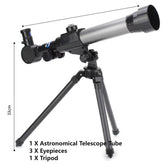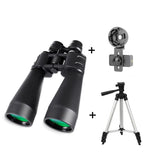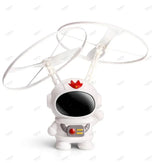More Than Just Spacewalks and Stardust
When we imagine astronauts, the vision that typically comes to mind is that of sleek suits, zero gravity flips, and gazing back at the pale blue dot of Earth. But behind the glamour of space travel lies a reality woven from discipline, danger, and an almost superhuman resilience.
The Training Before the Triumph
Before ever touching the controls of a spacecraft, astronauts undergo years of punishing preparation. NASA’s Astronaut Candidate Program is notoriously selective, with fewer than 100 people chosen from thousands of applicants in each cycle. These individuals are often decorated military pilots, PhDs in engineering or astrophysics, or medical doctors with operational field experience.
Training is part boot camp, part graduate school, and part psychological endurance test. Astronauts learn Russian to communicate on the International Space Station (ISS), master robotics, and spend endless hours underwater in the Neutral Buoyancy Lab to simulate zero gravity. They even survive wilderness training in case their capsule lands in remote, harsh environments upon re-entry. Every moment is designed to stretch the human mind and body toward precision under pressure.
Living in a Tin Can
Space is a hostile place. Astronauts aboard the ISS live in a cramped, metal cylinder the size of a five-bedroom house—shared by six people, without fresh air, real-time communication with loved ones, or even the ability to shower. Their days are rigidly structured: science experiments, system maintenance, exercise (to combat muscle atrophy), and frequent problem-solving in high-stakes conditions.
Sleep is elusive in orbit. There's no natural day-night cycle, and the station orbits Earth every 90 minutes, bathing the crew in repeated sunrises and sunsets. Many astronauts report vivid dreams, disturbed circadian rhythms, and moments of deep existential reflection.
The Psychological Cost
While physical health is monitored meticulously, the psychological toll of spaceflight is equally significant. Astronauts must manage confinement, isolation, and constant proximity to a small group of people for months on end. NASA has entire teams dedicated to maintaining astronauts’ mental well-being—using digital counseling, remote family communication, and leisure activities like watching movies or growing plants.
What sets astronauts apart isn’t just intellect or fitness—it’s emotional regulation, adaptability, and a unique brand of courage. As former ISS commander Chris Hadfield once said, “There is no problem so bad that you can’t make it worse.” Astronauts are trained to remain calm, methodical, and even creative under pressure.
Risk: A Constant Companion
Spaceflight remains inherently risky. Every mission carries with it the specter of failure. Mechanical issues, space debris, exposure to radiation, and potential system breakdowns are real threats. Every astronaut launches knowing they may not return, yet they go anyway—not for fame, but for exploration, science, and service.







































